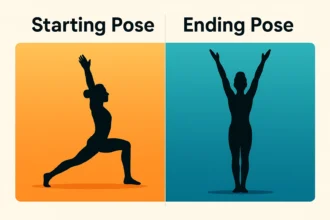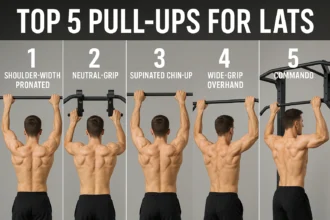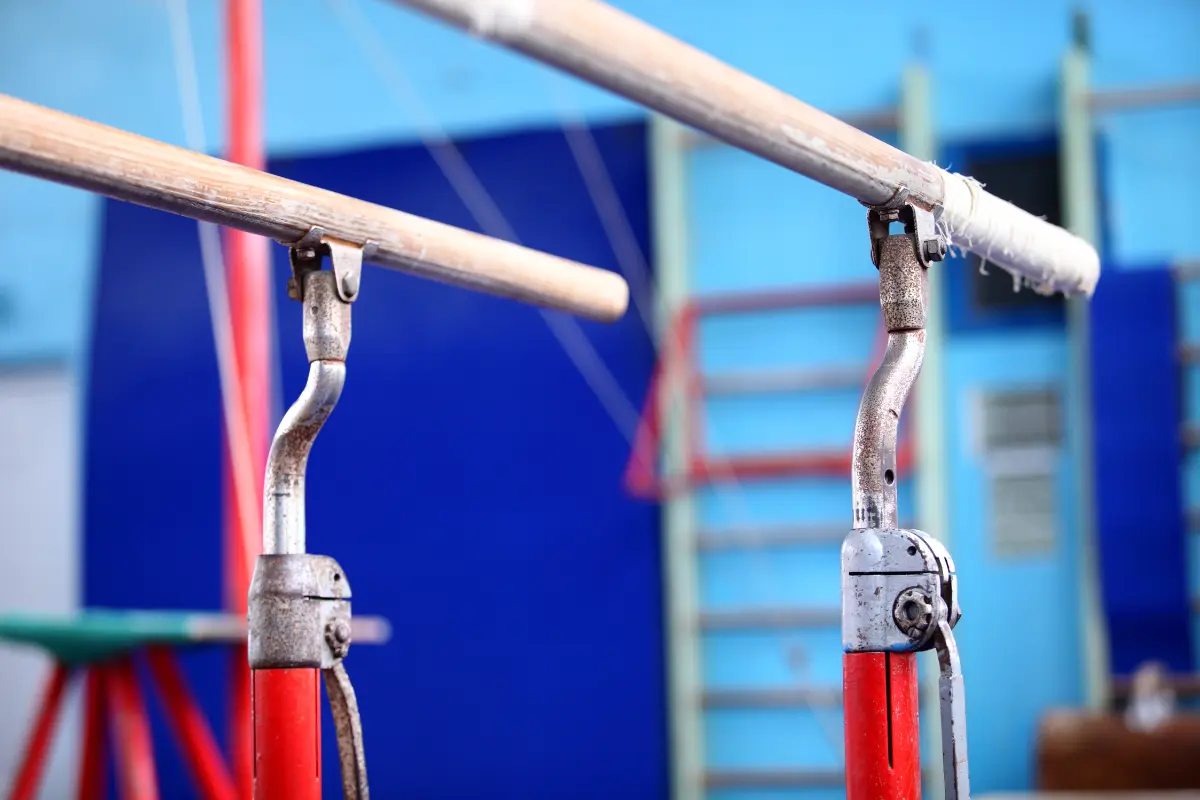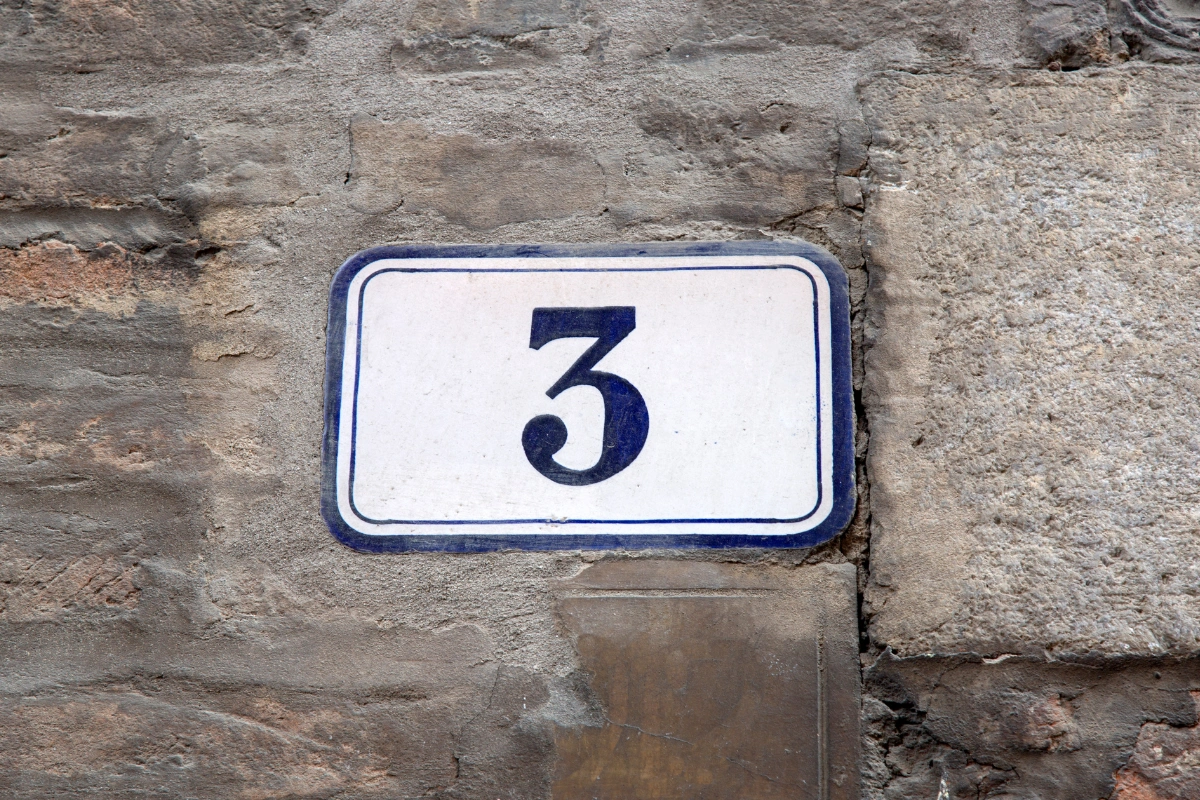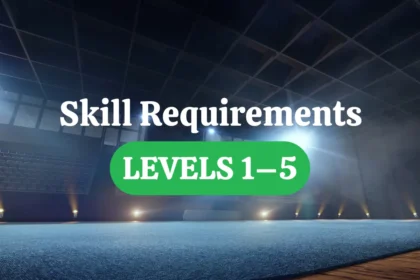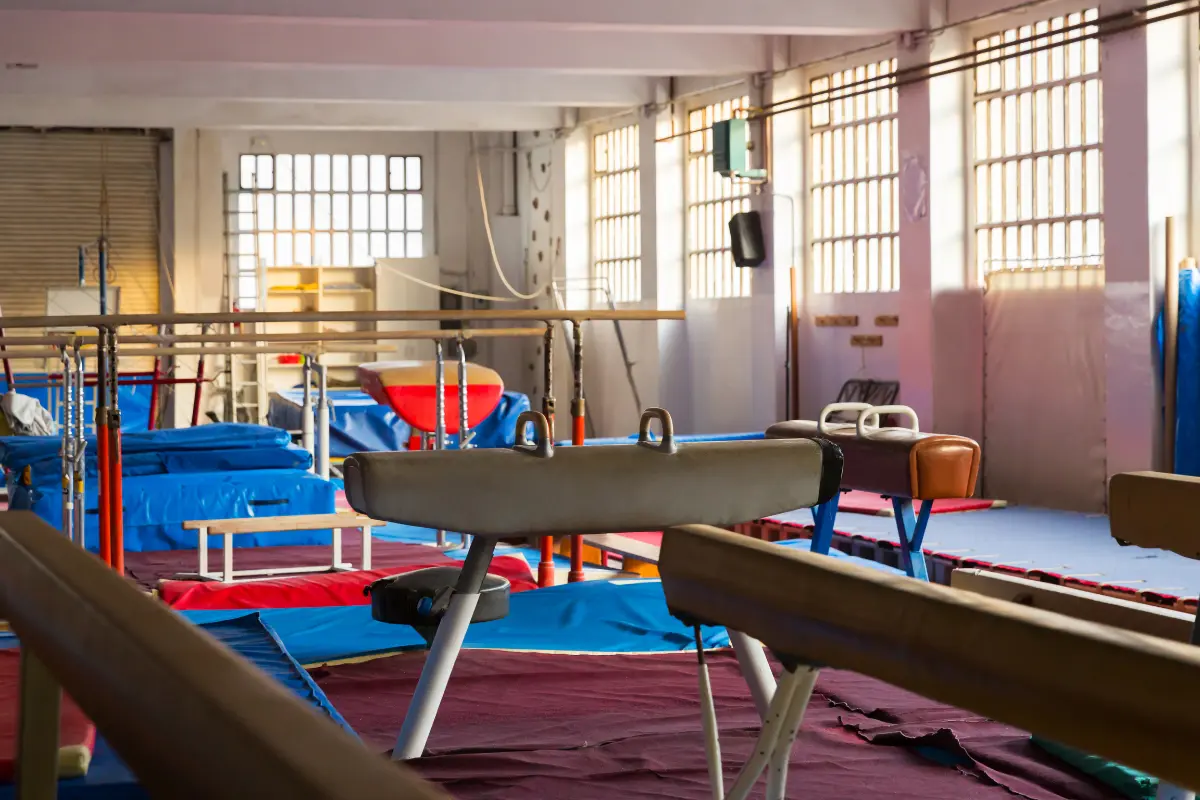Gymnastics bar routines evolve quickly from basic holds and circles to complex swing mechanics and flight elements. For athletes in the USA Gymnastics Development Program, Levels 1 through 5 represent a carefully designed progression that teaches core strength, rhythm, shaping, and air sense.
Level 1 – First Circles on the Low Bar
Level 1 is a gymnast’s first real routine on the bars. It’s short and simple, done only on the low bar, but it sets the stage for everything ahead. This level teaches body position, rhythm, and basic bar control. Judges expect tight body lines, pointed toes, and smooth movement between skills.
Routine Breakdown
- Back-Hip Pullover Mount
The gymnast jumps to the bar and pulls her body up and over, landing in front support. Judges look for straight arms and a tight body shape. - Cast + Back-Hip Circle
A small cast lifts the body away from the bar, followed by a back-hip circle. This is the gymnast’s first full circle around the bar. The movement should be smooth and controlled. - Repeat Cast + Back-Hip Circle
The gymnast repeats the cast and circle. This helps build timing and flow. Judges deduct for leg separation, bent arms, or stopping between skills. - Dismount: Sole-Circle or Underswing
The gymnast can finish with either:- Sole-Circle Dismount – a forward glide and release
- Underswing Dismount – a backward swing and release Both teach how to let go safely and land with control. The gymnast should release as the heels rise and keep her body straight.
What Judges Watch For
- Tight body shapes (straight, not arched or piked)
- Straight arms and legs
- No pauses between movements
- Clean dismount with little to no landing movement
- Leg or foot mistakes (bent knees, flexed feet, leg separation) – 0.05 to 0.20 each
Level 1 may be short, but it teaches the basics: how to move around the bar, keep a good body shape, and release with control. These basics are the building blocks for higher-level skills.
Level 2 – Adding Glide and Swing
Level 2 begins to focus on swing and momentum. Instead of starting on the bar, the gymnast begins from the ground with a glide. This helps teach how to use motion, not just strength, to move on bars.
Routine Breakdown
- Straddle or Pike Glide Swing
The gymnast jumps to the bar and glides forward in a straddle or pike shape, then returns to stand.Judging Deductions:- Stepping into the glide – up to 0.30
- Bent knees or early pike – up to 0.20
- Closing legs late – up to 0.20
- Pullover Mount
From the returning swing, the gymnast does a pullover to front support. The lift must be smooth and timed with the swing. - Cast to Horizontal
The gymnast shows a short cast. While there’s no height rule yet, the gymnast should clearly open her shoulders and leave the bar briefly. - Back-Hip Circle
One clean back-hip circle follows. Judges want to see tight form and a fluid circle.Common Deductions:- Piking – up to 0.20
- Leg separation – up to 0.20
- Pauses – 0.10–0.20
- Underswing Dismount
A simple swing and release under the bar. The gymnast should push back, release as the feet rise, and land straight.Common Deductions:- Bent knees or body position in the air – up to 0.30
- Landing steps or squat – 0.10–0.30
Level 2 helps gymnasts understand swing, body control, and how to move with momentum. It introduces timing and prepares them for more complex skills. The glide teaches early flight awareness, and judges expect cleaner body shapes and better rhythm.
Level 3 – Learning Kips and a Real Dismount
Level 3 connects all the basics into a real flowing routine. It adds a kip for the first time and ends with a true dismount: a flyaway with a ½ turn. Even though the gymnast is still on the low bar, the rhythm now feels more advanced.
Routine Breakdown
- Glide Kip Mount
A glide in straddle or pike, followed by a kip into front support. Judges expect tight form and straight arms on the finish. - Cast + Two Back-Hip Circles + Front-Hip Circle
The gymnast casts to horizontal, does two back-hip circles in a row, then rolls forward in a front-hip circle. These should flow smoothly, with no pauses. - Cast + Squat- or Pike-On
The gymnast casts again, then jumps feet to the bar. She stands up for the next move. - Long-Hang Kip from Low Bar
She swings back and does a long-hang kip—a longer version of the earlier kip with more stretch. - Cast + Back-Hip Circle + Dismount Series
After another cast and back-hip circle, the dismount series begins:- Underswing
- Counterswing (forward swing below horizontal)
- Tap swing
- Second counterswing
- Tap swing with a ½-turn flyaway
Level 3 teaches how to connect moves and swing with rhythm. The ½-turn flyaway is a big step forward in body control and confidence.
Level 4 – Clear-Hip Circle and Bigger Casts
Level 4 brings power and control. Casts must now go above horizontal, and the clear-hip circle is added. These skills get gymnasts ready for high-level optional routines.
Routine Breakdown
- Glide Kip Mount
The same mount as Level 3, with focus on full extension and tight form. - Cast Above Horizontal + Clear-Hip Circle
The cast must rise above horizontal, and the clear-hip circle must finish above horizontal too. If it finishes low, the deduction can be big. - Glide Kip + Cast + Squat-/Pike-On
This repeats the earlier glide and cast, leading to a transition to standing. - Long-Hang Kip + Cast Above Horizontal
A strong swing into another cast that must go above horizontal. - Underswing + Counterswing + Tap Swings + ½-Turn Flyaway
The gymnast finishes with the same dismount series from Level 3, but expectations are higher now for height and form.
This routine brings together all the basics and introduces high-level shaping. The clear-hip circle is a key setup for optional skills like giants and handstands.
Level 5 – High Bar Flight and Salto Dismount
Level 5 shifts the routine to the high bar. Now it’s all about swing, power, and flight. Casts and circles are gone. The gymnast must show a real flyaway salto for the first time.
Routine Breakdown
- Long-Hang Pullover from Tap-Swing
The gymnast swings, then pulls over into front support. She can add a back-hip circle if needed. - Underswing + Counterswing x2
The gymnast swings under and forward twice, showing tight shapes and good rhythm. - Tap Swing to Flyaway Salto Dismount
A big swing into a salto dismount (tuck, pike, or layout). The release should be high, and the landing clean.
Level 5 is the final step before optional routines. It focuses on swing control and air sense. Sticking a salto from the high bar is a huge moment and shows the gymnast is ready for what comes next.
For official skill values and deduction guidelines, consult the USA Gymnastics Women’s Development Program Compulsory Exercises (2021–2029) manual.


